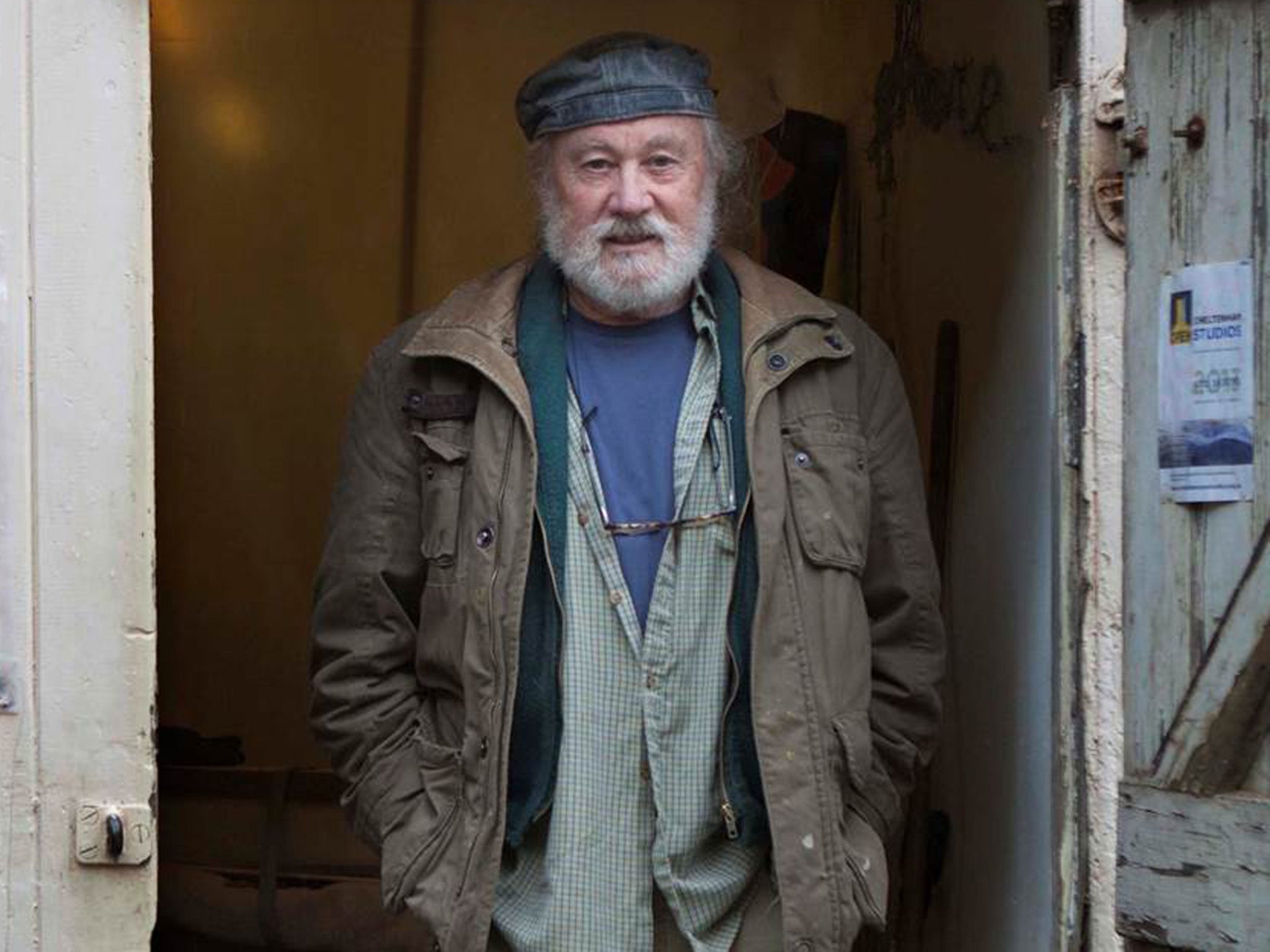Glynn Griffiths: Photographer, artist and Independent picture editor whose powerful images brought stories to life
He juggled journalism with a strong artistic streak, photographing apartheid-era violence in South Africa before joining the newspaper’s picture desk in the 1980s

Your support helps us to tell the story
From reproductive rights to climate change to Big Tech, The Independent is on the ground when the story is developing. Whether it's investigating the financials of Elon Musk's pro-Trump PAC or producing our latest documentary, 'The A Word', which shines a light on the American women fighting for reproductive rights, we know how important it is to parse out the facts from the messaging.
At such a critical moment in US history, we need reporters on the ground. Your donation allows us to keep sending journalists to speak to both sides of the story.
The Independent is trusted by Americans across the entire political spectrum. And unlike many other quality news outlets, we choose not to lock Americans out of our reporting and analysis with paywalls. We believe quality journalism should be available to everyone, paid for by those who can afford it.
Your support makes all the difference.Glynn Griffiths, the former picture editor at The Independent who has died aged 67, was a photographer, cartoonist, artist, designer, sculptor, polymath and great friend to many in South Africa where he was born and here in the UK.
He was born and grew up in the tough diamond mining town of Jagersfontein in the Free State in South Africa in 1950, though he was a British citizen by birth through his parents and grandparents. (His paternal grandfather travelled from the South Wales valleys to fight in the Boer War.)
As a boy he enjoyed exploring the dusty landscape, often finding remnants of early man such as one of his most treasured possessions, a flint cutting stone from the Neolithic period. This relationship with nature greatly influenced his later life.
He was conscripted into the South African navy, where he excelled at Morse code in the signals section. After his service ended, he joined the liberal-leaning Cape Times as a news photographer and covered the brutal crackdown by the apartheid government on the black and Cape Coloured population, spending much time in the Crossroads squatter camps where he made one of his iconic images of a dawn raid by the police.
In the mid-1980s, Griffiths and his wife, Annie, sailed to England, bought a VW camper van and camped on the South Bank in London, where Griffiths started working as a news photographer for the London Evening Standard. There, he nearly started a strike by walking across the “us and them” union demarcation line in the darkroom, having no knowledge of the strength of union control in the British press at that time.
Within a few months, an editor suggested that Griffiths’s intelligent, slightly left-field style might find a better home in a newly launched newspaper, The Independent. His gentle but keen eye producing many memorable images. He also often served as a picture editor at i.
Griffiths travelled the world on photographic assignments for The Independent, covering the San Francisco earthquake of 1989, photographing the monks of Mount Athos and returning to Africa to cover the political process in Namibia. He also photographed Nelson Mandela, fist raised in yet another iconic image of the time during the first multi-race elections at the Township Stadium in Cape Town in 1994.
During the late 1990s, Griffiths took up cartooning and art, and was a regular visitor to the major London art galleries and museums. He gradually moved into night picture editing for The Independent and then i, which allowed him to produce his art during the day. In 2009, he completed an MA in sculpture at Wimbledon College of Art and won the prestigious Clifford Chance Award, exhibiting his work in the firm’s Canary Wharf offices.
He rented a studio in his adopted home town of Cheltenham and produced major pieces using aspects of nature (referencing his South African boyhood) combined with man-made products such as cable ties and Perspex. His work was exhibited at the Royal Academy, the Parabola Art Gallery in Cheltenham and sold in the UK and America.
Glynn Griffiths, photographer and picture editor, born 20 March 1950, died 3 October 2017
Originally published in @theipaper
Join our commenting forum
Join thought-provoking conversations, follow other Independent readers and see their replies
Comments